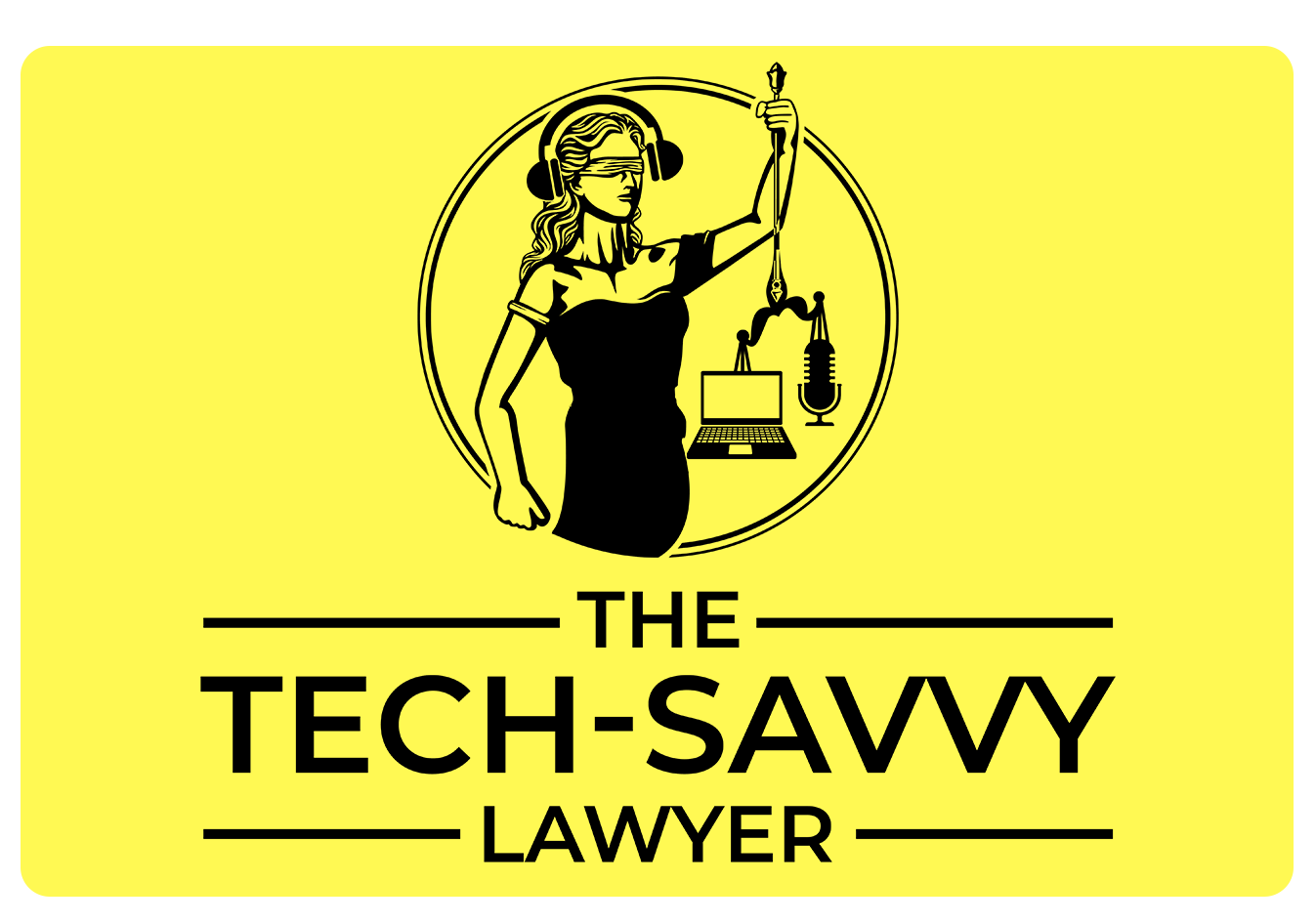Phishing is one of the most persistent and dangerous cyber threats facing law firms today. Phishing is a form of computer and internet fraud in which criminals use fake emails, websites, or messages to trick recipients into revealing sensitive information such as passwords, bank details, or client data. For lawyers and legal professionals, the stakes are especially high: law firms hold vast amounts of confidential client information, making them prime targets for cybercriminals. The American Bar Association (ABA) Model Rules for Professional Conduct, particularly Rule 1.6 (Confidentiality of Information) and Rule 1.1 (Competence), require lawyers to protect client data and maintain competence in technology relevant to their practice.
How Phishing Targets Law Firms
Phishing attacks against law firms have become more sophisticated in 2025. Criminals now use generative AI to craft emails that closely mimic real communications from clients, colleagues, or even senior partners. These messages often create a sense of urgency, pressuring recipients to act quickly—such as transferring funds, sharing login credentials, or downloading malicious attachments. Business Email Compromise (BEC) scams are particularly damaging, as attackers impersonate managing partners or clients to divert wire transfers or request sensitive documents.
Impersonation: The Hidden Dangers in Your Inbox
Attackers often use email spoofing to manipulate the display name and email address, making a message appear to come from someone you trust. The display name (the name that appears in your inbox) can be set to any familiar contact, but the actual email address may be subtly altered or completely fake. For example, a scammer might use “john.smith@lawfirm.com”or “John Smith of ….” as the display name, but the underlying address could be “jjohn.smith@lawf1rm.com” or “john..john.smith@lawfirm.co@lawfirm.co.” These changes are often just a single character off, designed to trick you into replying or clicking a malicious link.
Lawyers should always examine the full email address, not just the display name, before responding or acting on any request. On many smartphones and email clients, only the display name is shown by default, so you may need to click or tap to reveal the actual sender’s email address. If the message requests sensitive information, money transfers, or urgent action, verify the request through a separate communication channel, such as a phone call using a known number—not one provided in the suspicious email. This vigilance aligns with ABA Model Rule 1.1, which requires lawyers to maintain competence, including understanding risks associated with technology.
Recent Phishing Incidents Involving Lawyers




















